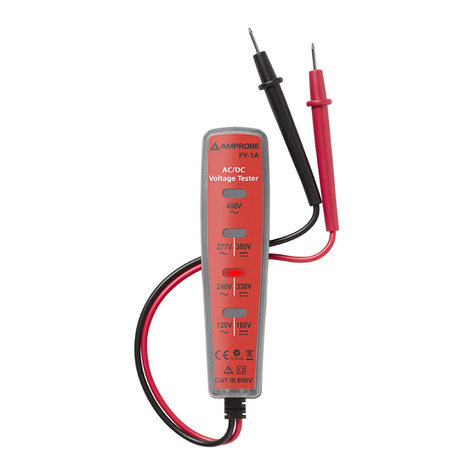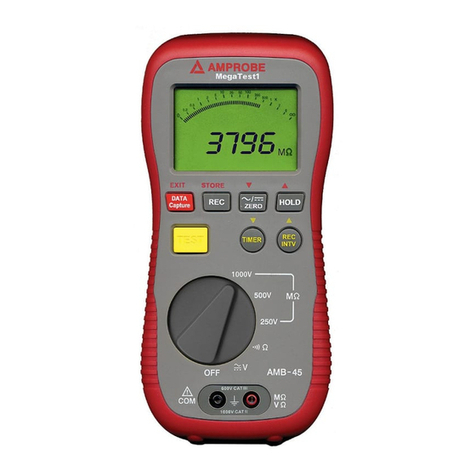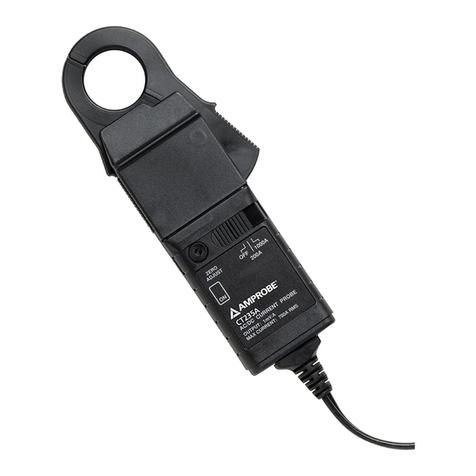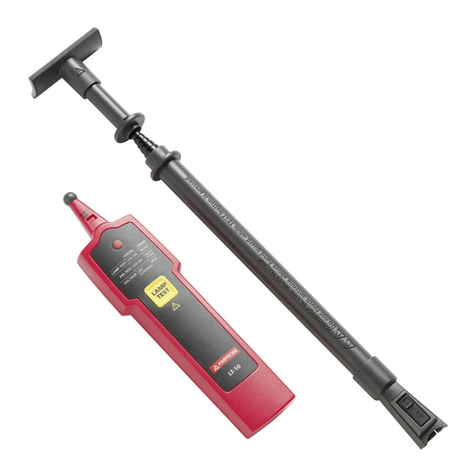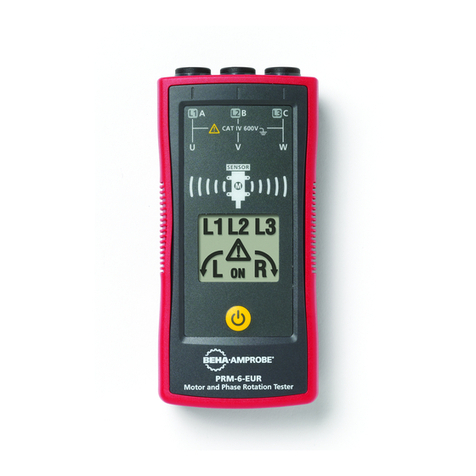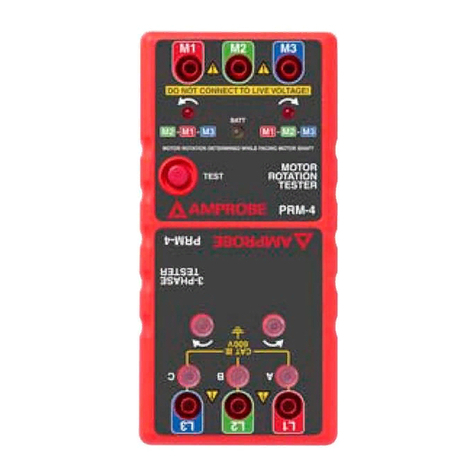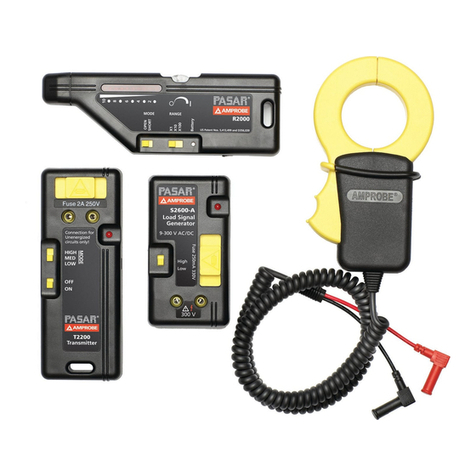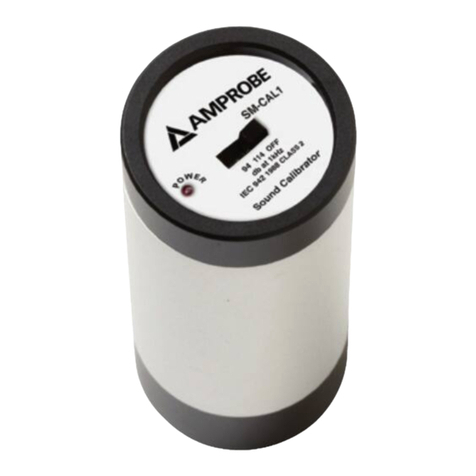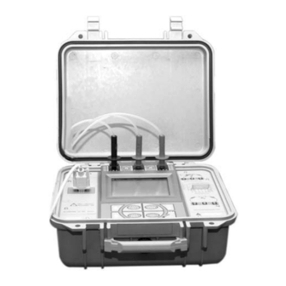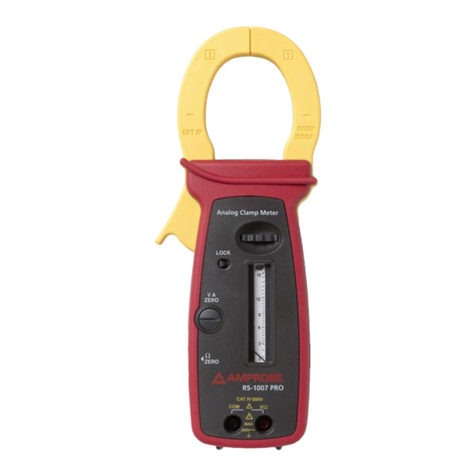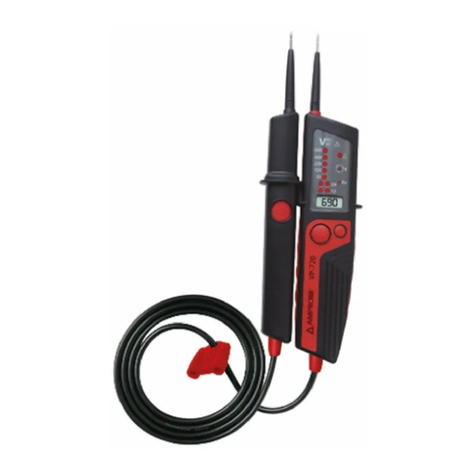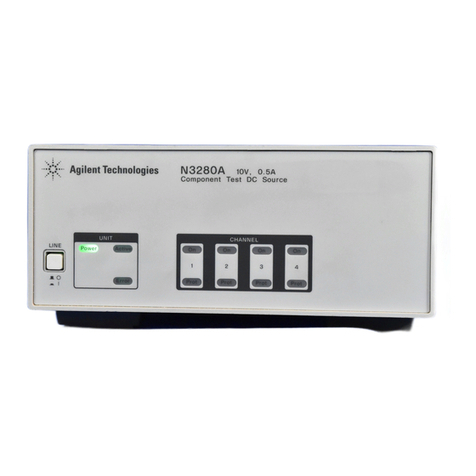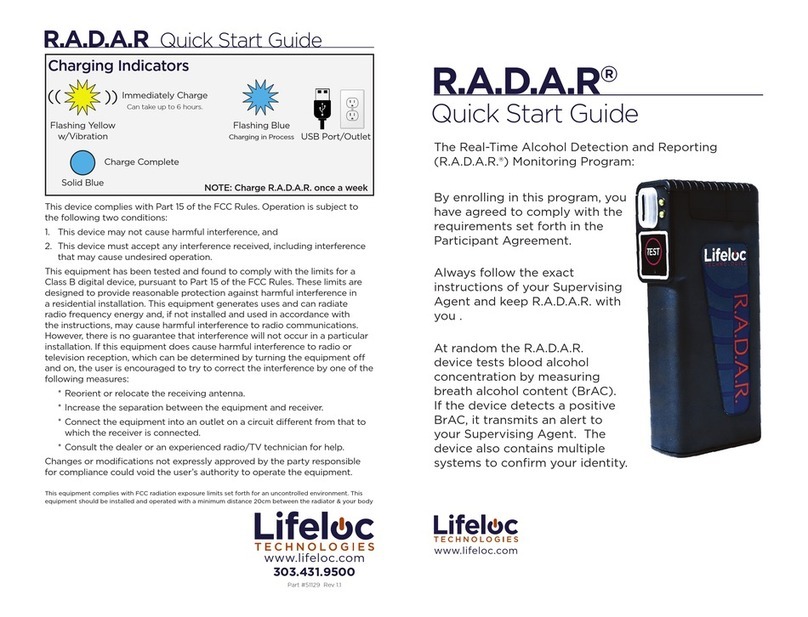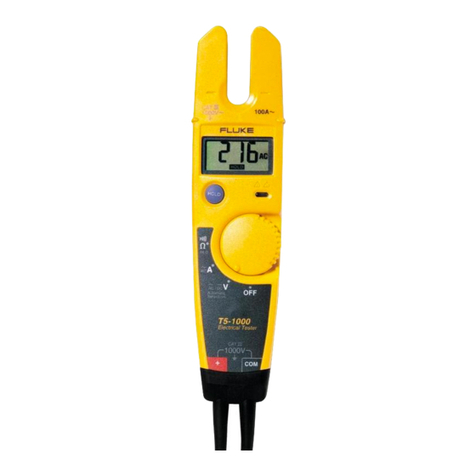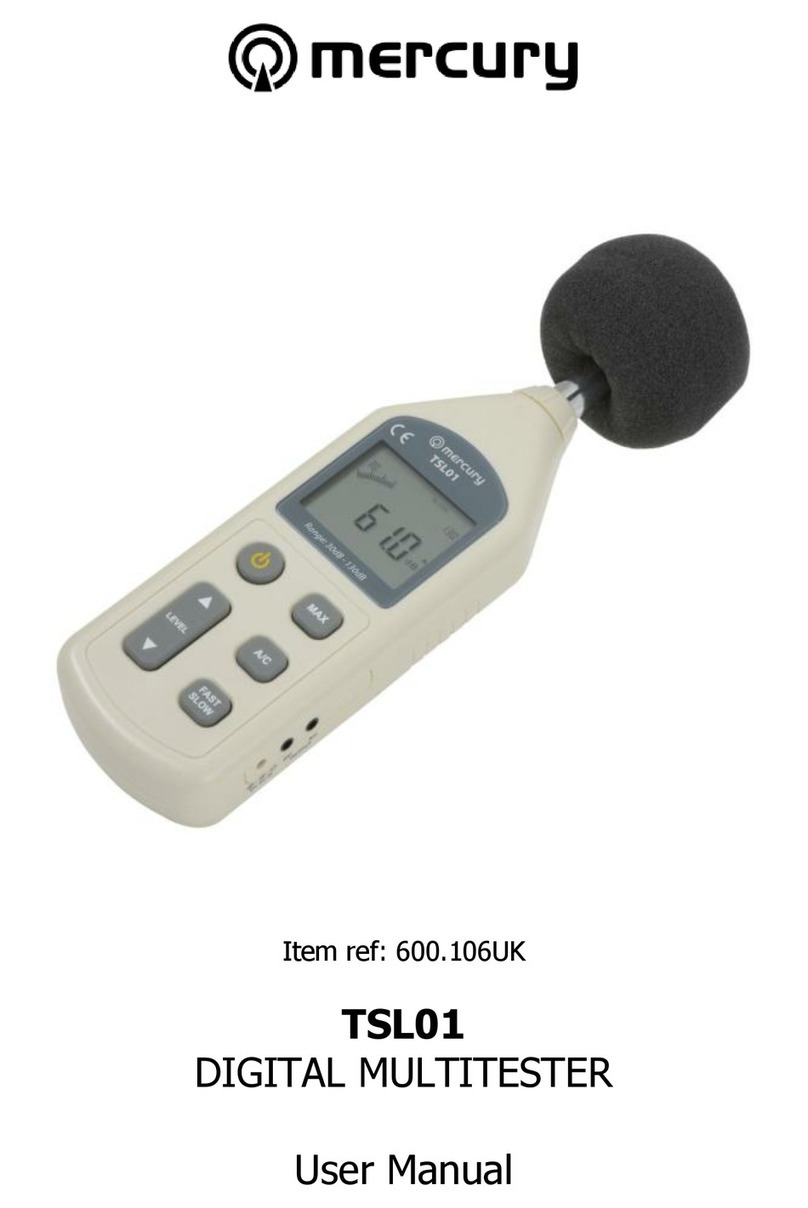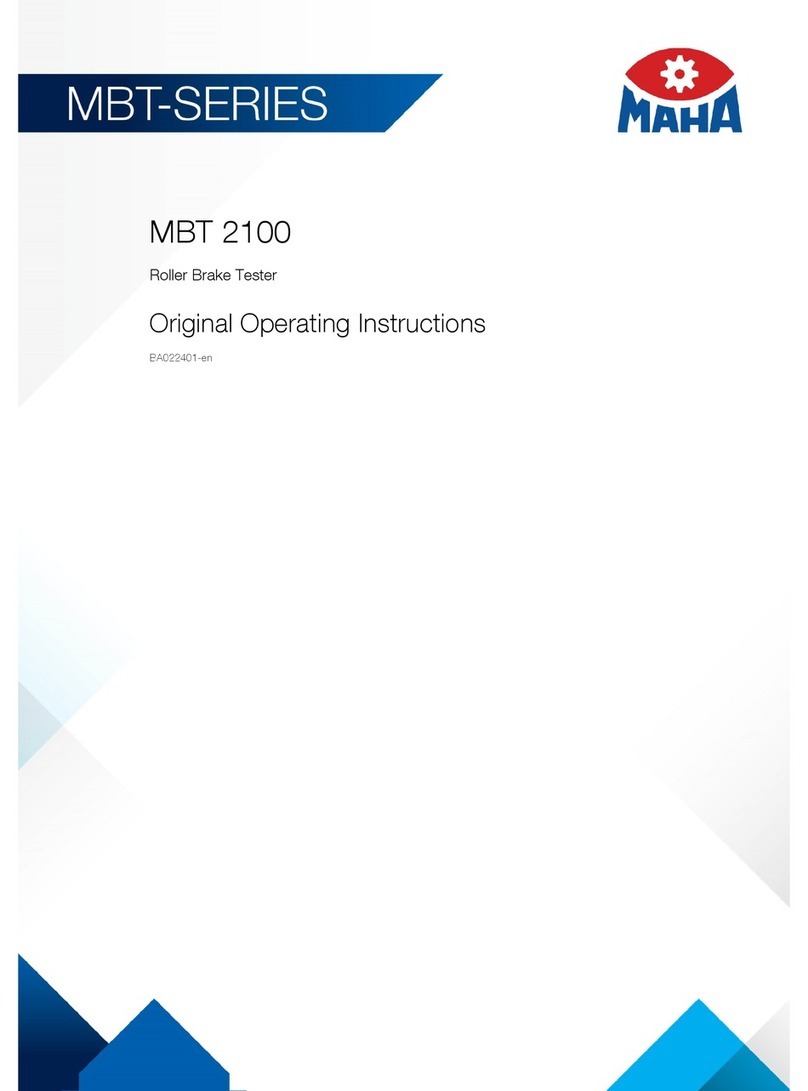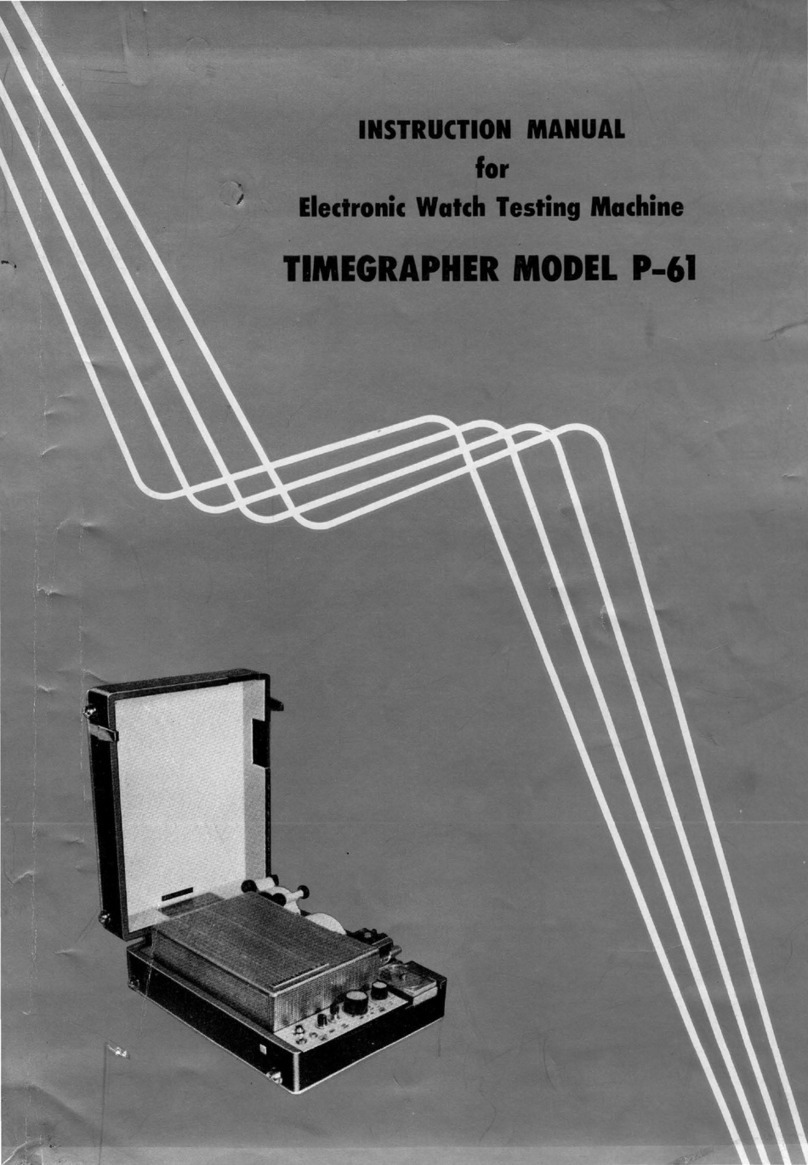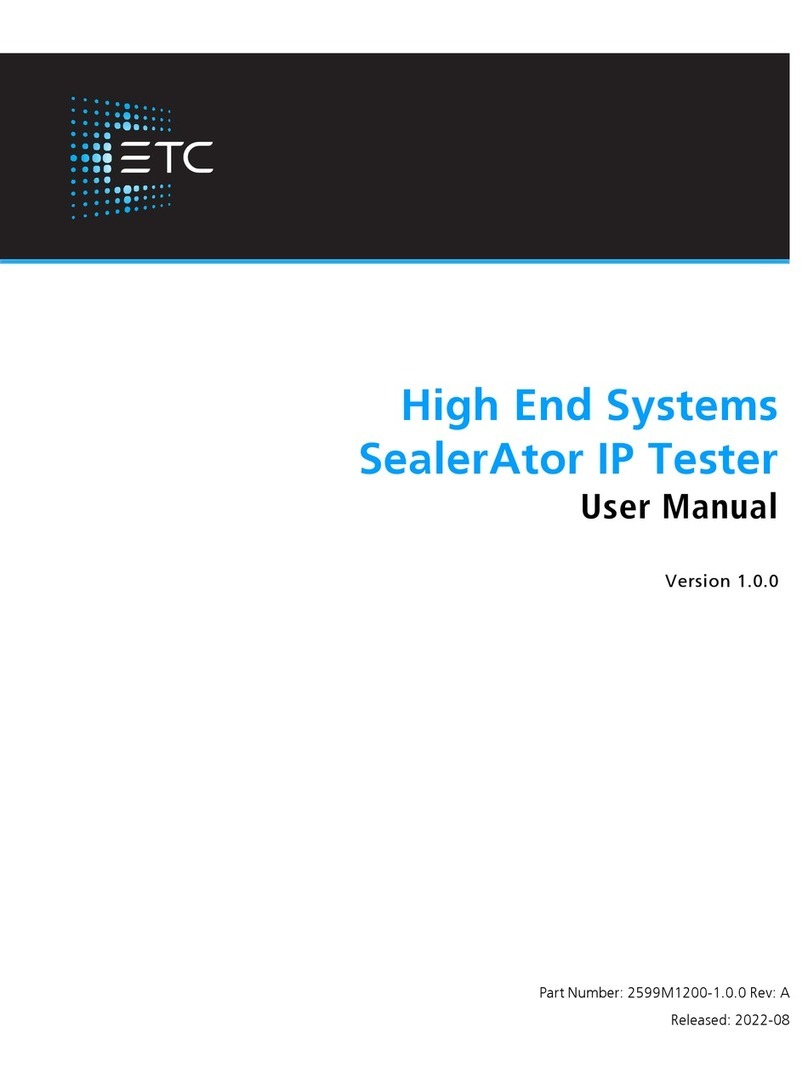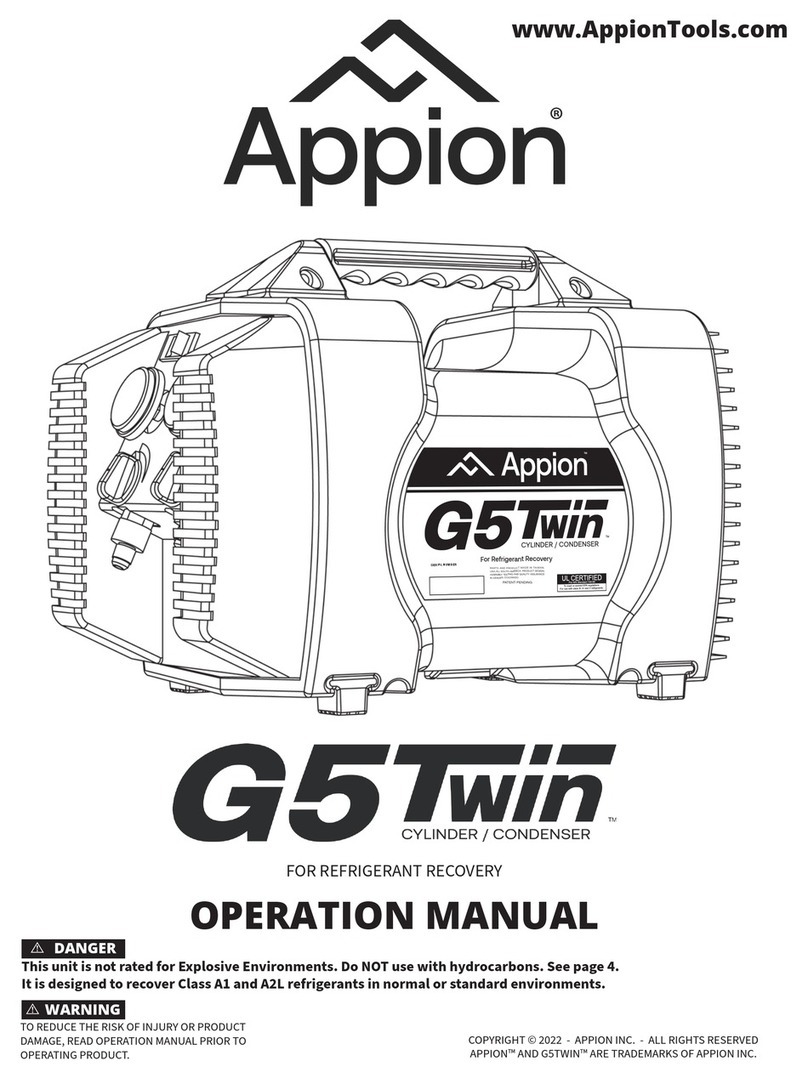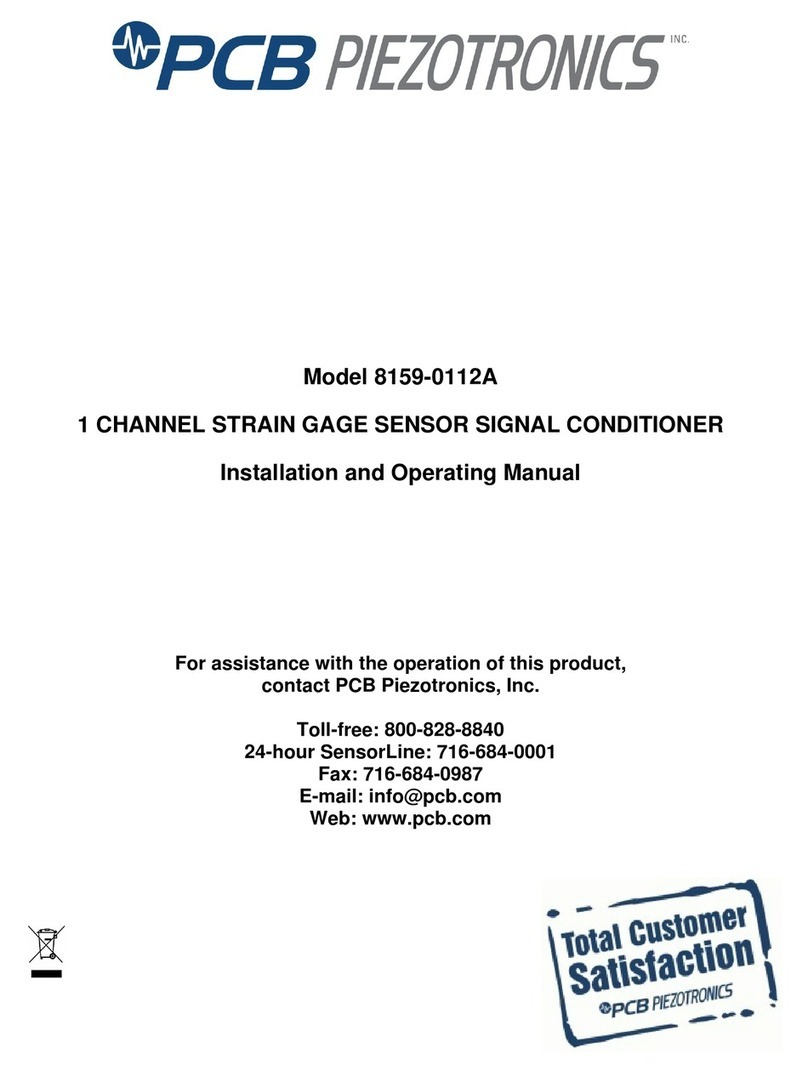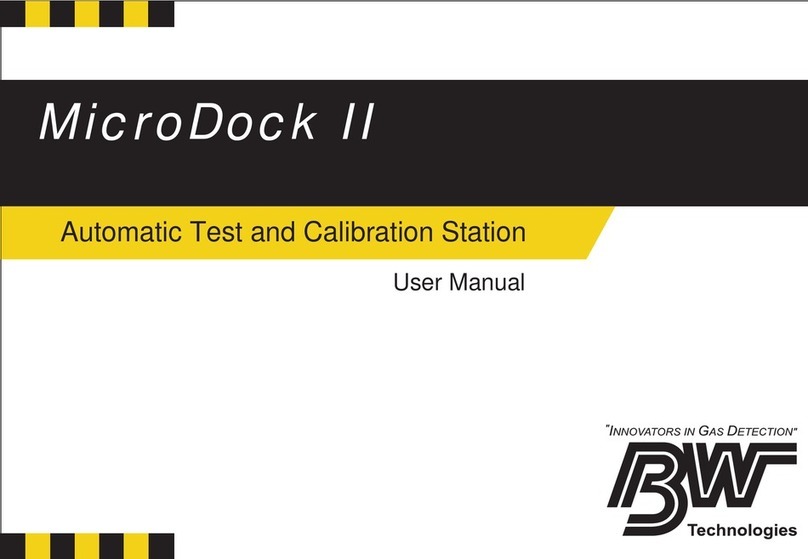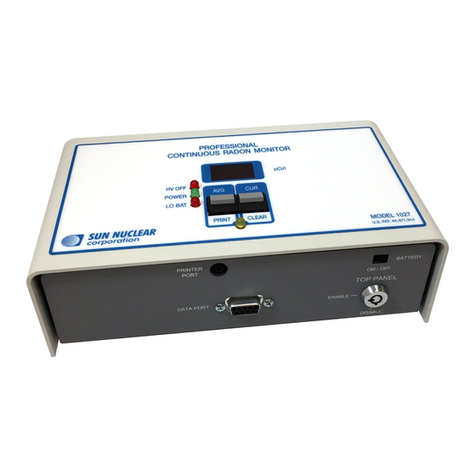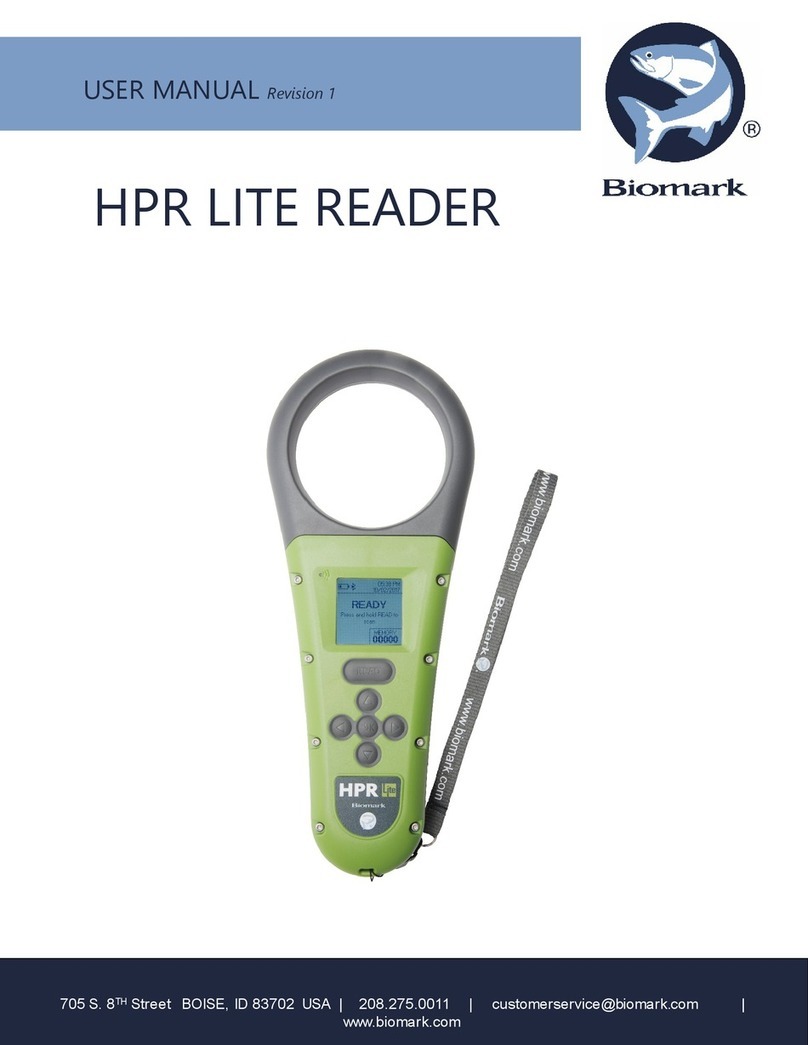
2
Contents............................................................................................................................Page
Limited Warranty and Limitation of Liability Repair ......................................................3
In-Warranty Repairs and Replacement – All Countries....................................................3
Non-Warranty Repairs and Replacement – US and Canada ............................................4
Non-Warranty Repairs and Replacement – Europe ........................................................4
References marked on instrument or in instruction manual:..........................................5
Einleitung / Lieferumfang ................................................................................................6
Transport and Storage ......................................................................................................6
Operator´s Safety ..............................................................................................................7
Appropriate Usage ............................................................................................................7
Theoretical functional principle........................................................................................8
Operating elements ..........................................................................................................9
There are several possibilities for a Cable Locator in complete circuits: ........................10
Important Application ......................................................................................................11
Line interruptions in walls and floors ..............................................................................13
Detecting short-circuits or during wire sorting, i.e circuits with or wihout voltage......14
The reach will be improved when seeking the tension ..................................................15
Locating and tracing of lines, sockets, switches and junctions in house
installations circuits. ..........................................................................................................16
Locating of line interruptions ..........................................................................................17
Locating of bottlenecks (obstructions) in installation pipes. ..........................................18
Locating of short-circuits in conductors............................................................................19
Locating Fuses ....................................................................................................................20
Locating a complete house wiring....................................................................................21
Precise locating of line interruptions using two transmitters ........................................22
Error detection for a electrical floor heating. ..................................................................24
Following lines with higher location depth. ....................................................................25
Tracing installed water and heating pipes. ......................................................................26
Detecting the direction of water and heating pipes already installed ..........................27
Sorting or determination of conductors already installed ..............................................28
Maintenance ......................................................................................................................29
Cleaning ............................................................................................................................29
Battery Replacement ........................................................................................................30
Technical Data....................................................................................................................31
PAEDAT203200:Layout 1 15.01.2009 15:04 Uhr Seite 2
